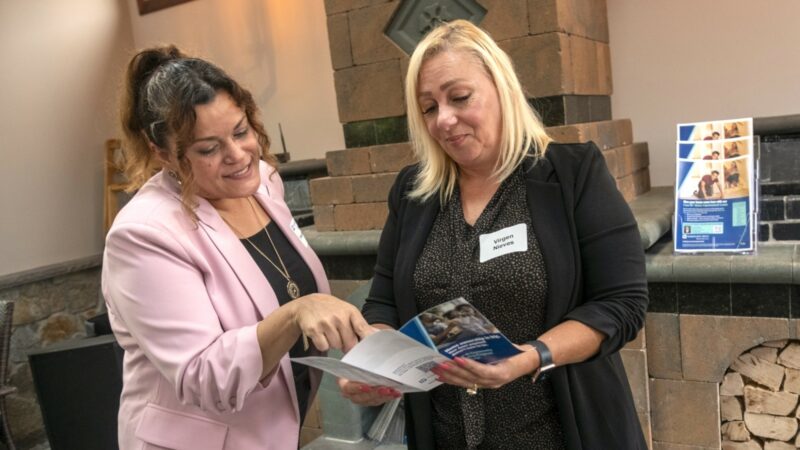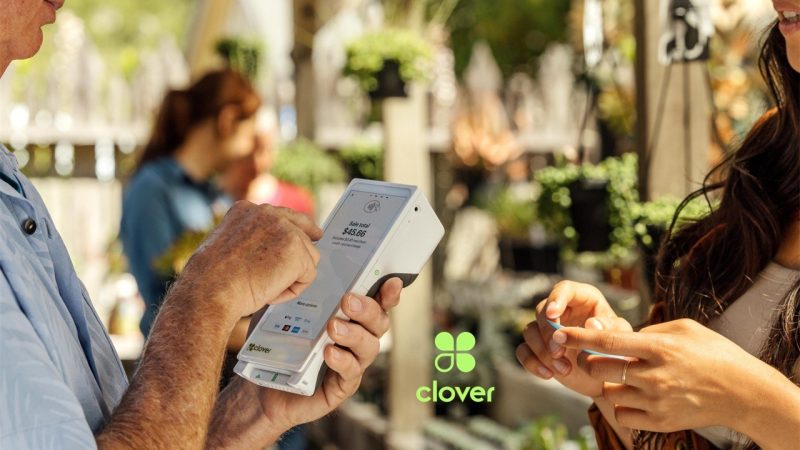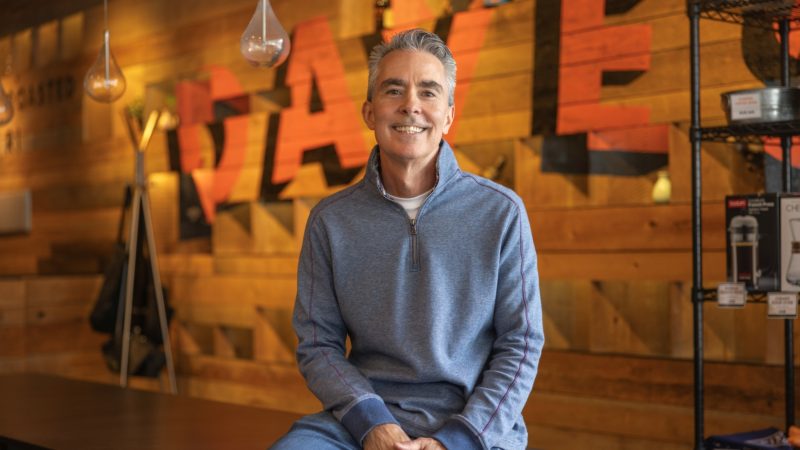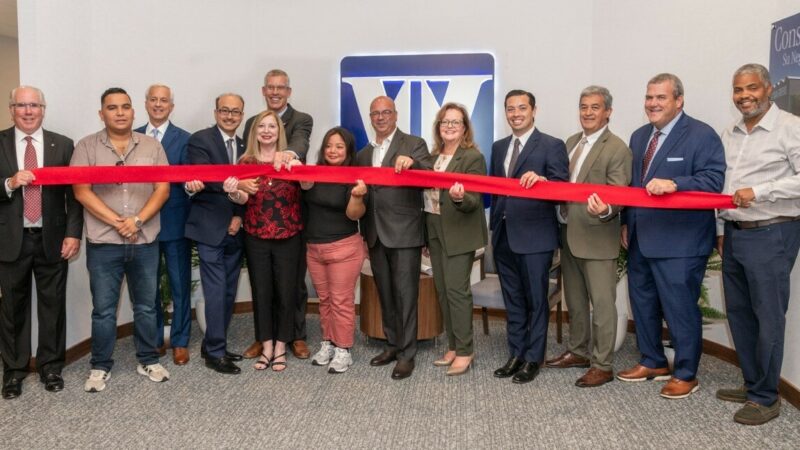Better CX Through Science

The Technology Behind Putting Customers First
Back in the late 19th century, retailer Marshall Field turned the relationship between business and customer on its head. Instead of going along with the then prevailing notion of “caveat emptor,” Fields promoted the novel idea that “the customer is always right.” Fast forward to today, and it’s clear that this foundational principle has withstood the test of time.
Modern shoppers have come to expect a satisfying customer experience and are more than willing to walk out the physical and/or virtual door if they don’t get it. A recent survey by Emplifi found that nearly half of consumers had left a brand in the past year due to poor customer experience and that 86% would leave a brand if they suffered as few as two poor experiences.1 Today most businesses have come to recognize the importance of a positive customer experience. Research by CRM provider, SuperOffice, asked 1920 business professionals to share their number one priority for the next five years. The winner by far, at 46% of respondents, was customer experience, followed by product (34%) and pricing (21%).2
Luckily, businesses today have an increasing selection of new and innovative technologies to help them create experiences on their customers’ terms. These technologies facilitate and enhance customer interactions, personalize communications, and improve responsiveness to customer preferences. A few notable examples include:
- Chatbots – Chatbots, voicebots, and other automated client engagement tools are making it easier and more convenient for customers to get the information and service they need without having to go to a store or suffer wait times for busy phone reps. Advancements in AI and natural language processing are making chatbots more knowledgeable and responsive, increasing the range and complexity of issues they can address. When tied in with CRM systems and informed by advanced speech analytics, they also are increasingly empowered to assess the feelings and emotional drivers of customers, leading to more engaging and personalized interactions.
- Location-based computing – Today, many people are walking around with location service enabled devices in their pockets. This presents options for businesses to offer more targeted and personalized service based on a customer’s location, such as offering last minute tickets to an event or promos on a store product when the customer is known to be in the area.
- Video Chat, VR, and AR – Convenience is driving customers to do more shopping online. But these interactions can fall short of an in-person experience in the store. New technologies, like video chat and augmented and virtual reality, however, can help bridge the difference. Furniture retailers, for example, are using AR to create a three-dimensional view of how furniture would look in a shopper’s home, and similar digital projections are allowing customers to see how they would look wearing various apparel, glasses, or jewelry items.
Marshall Fields recognized that commitment to the customer experience is just good business, and this realization has never been more true. As your business explores ways to create more satisfying experiences for your customers, we at Washington Trust are here to help secure the financing you need to improve your business’ technology.
1 Top 35+ customer experience statistics to know in 2022, Emplifi, April 3, 2022.
2 32 Customer Experience Statistics You Need to Know for 2023, SuperOffice, October 20, 2022.
Contact a Trusted Advisor
For more information or to speak with one of our trusted advisors about your unique financial needs, contact us at 800-475-2265 or submit an online form.











